Designing with Camel … I mean the Color Camel!

In the ever-evolving world of interior design, certain colors stand the test of time, proving their versatility and enduring appeal. Camel is undoubtedly one such hue. More than just a shade of brown, camel embodies a rich blend of warmth, sophistication, and understated luxury, making it a powerful tool for transforming any living space. From sumptuous fabrics to supple leathers, incorporating camel into your home can create an atmosphere that is both inviting and impeccably stylish.
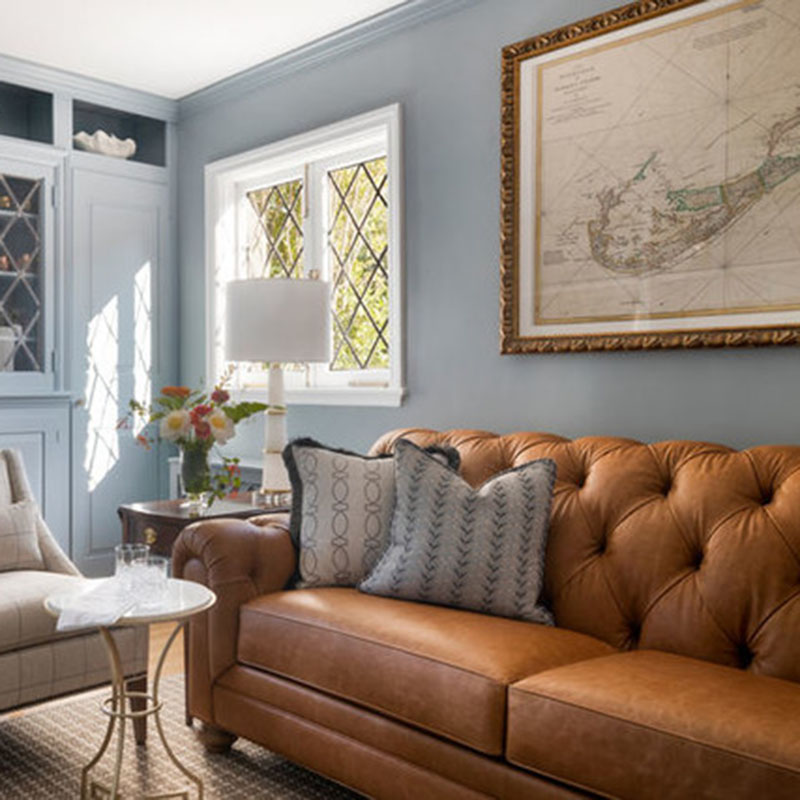
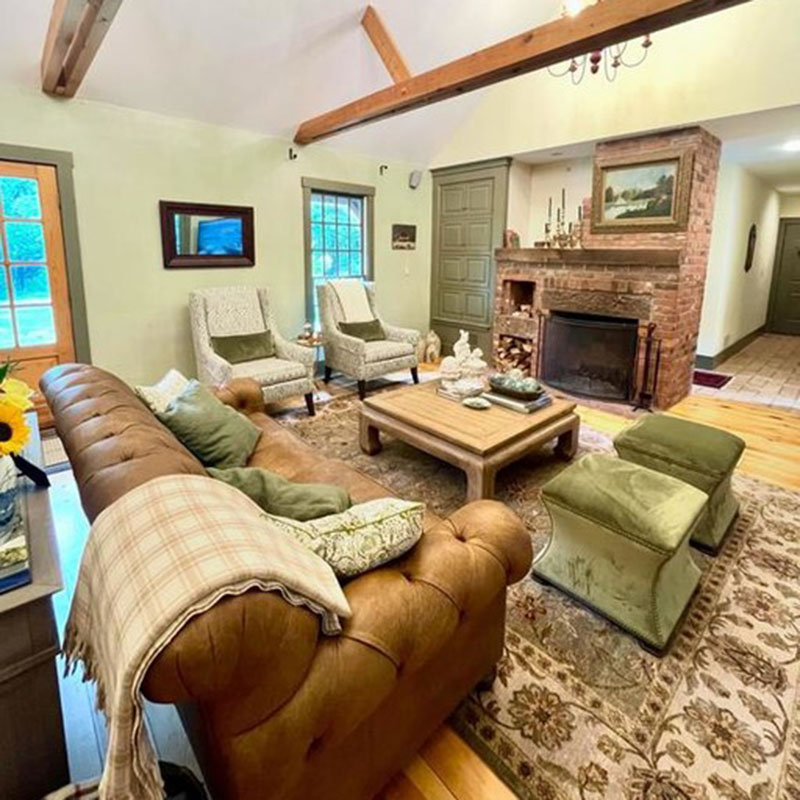
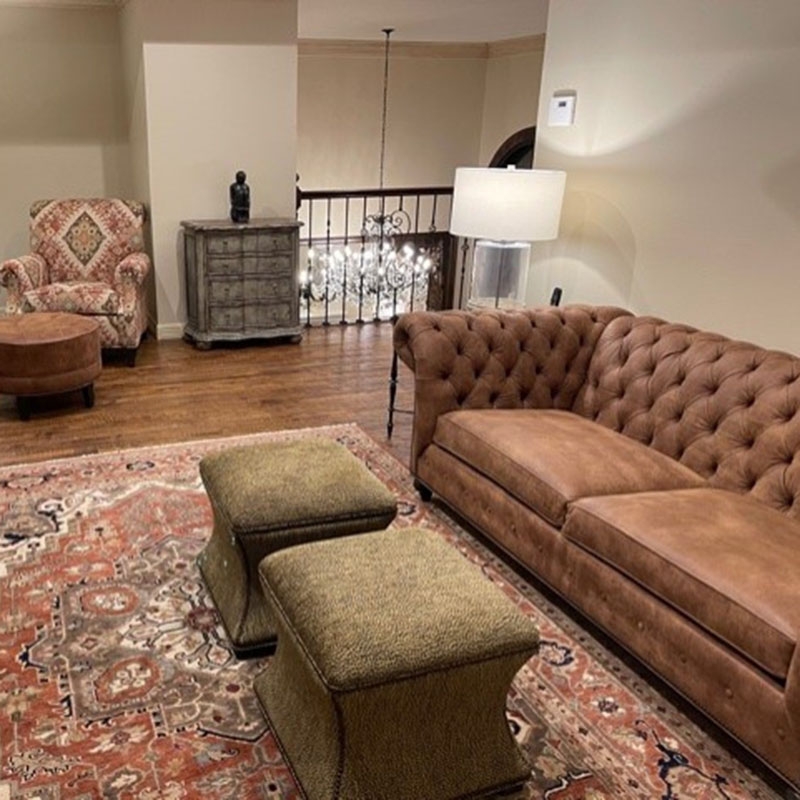
Why Camel? The Allure of a Timeless Neutral
Camel’s magic lies in its unique ability to bridge the gap between warm and cool tones. It possesses the grounding comfort of a true neutral, allowing it to seamlessly integrate with a wide array of color palettes. Unlike stark whites or grays, camel offers a gentle softness that immediately makes a room feel more welcoming. Its inherent richness also elevates a space, lending an air of quiet luxury without being ostentatious. Think of the natural beauty of camel hair, the soft gleam of aged leather, or the warmth of desert sands – these are the inspirations behind this captivating color.
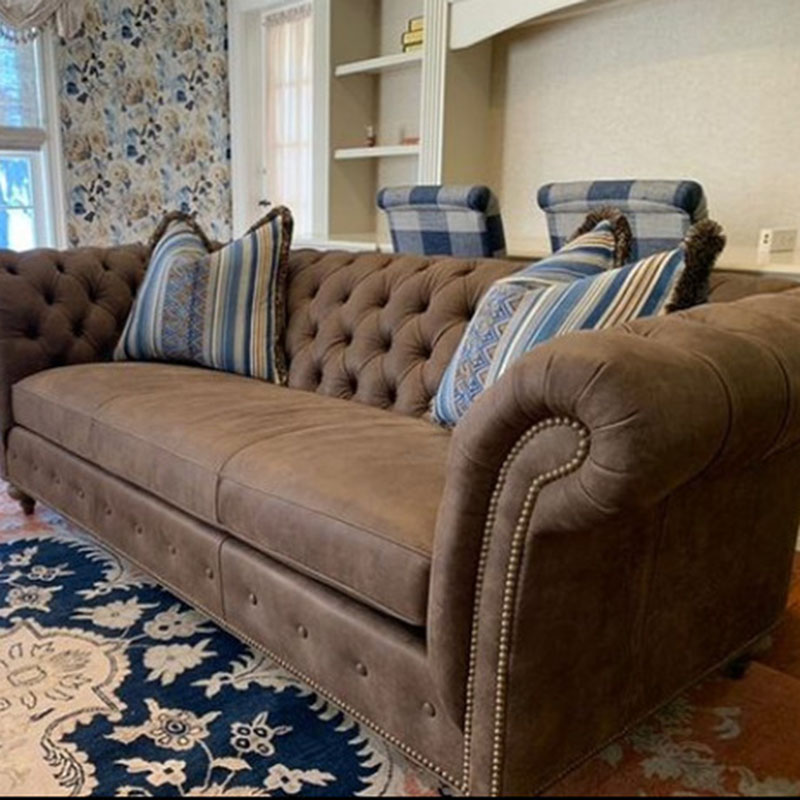
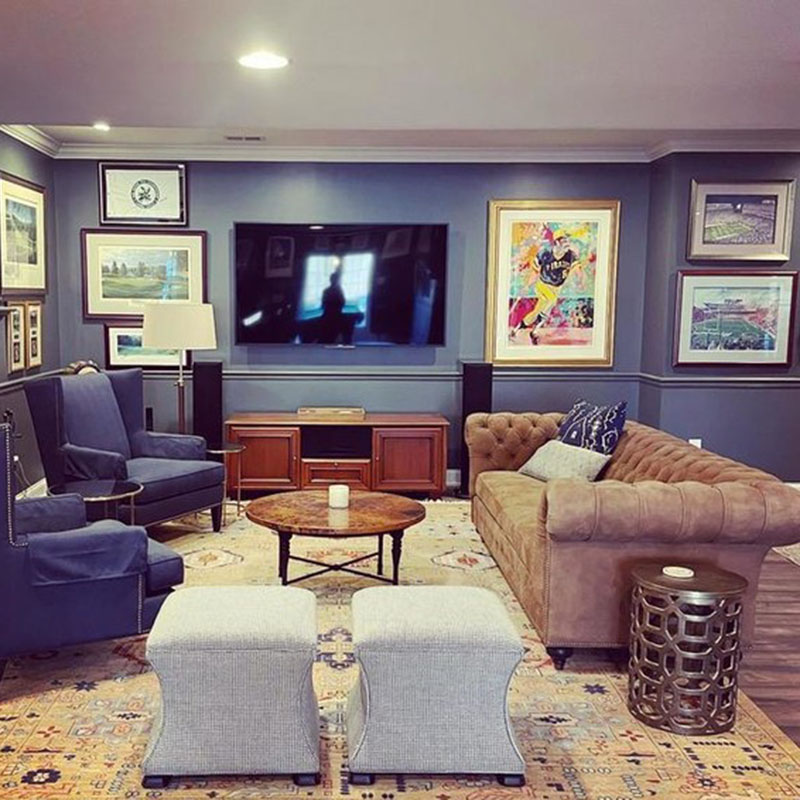
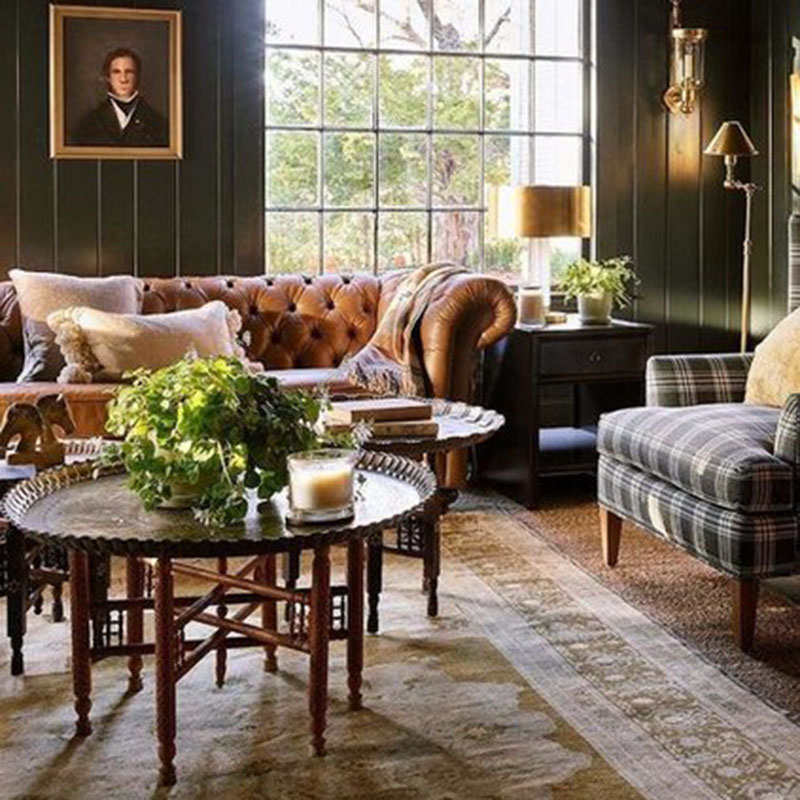
Camel in Fabrics: From Cozy Comfort to Chic Sophistication
When it comes to fabrics, camel offers an incredible spectrum of possibilities.
- Plush Comfort: Imagine sinking into a sofa upholstered in a thick, textured camel fabric – perhaps a chenille, velvet, or a chunky knit. These materials instantly evoke a sense of coziness and relaxation, perfect for a living room or a reading nook. Pair it with darker wood tones for a classic, library-like feel, or with lighter, natural woods for a more modern, Scandinavian-inspired look.
- Light and Airy: For a more subtle approach, consider camel in lighter, airier fabrics like linen or cotton blends. Drapery in camel can filter light beautifully, creating a soft, warm glow in a room. Cushions or throws in these lighter textures can add a touch of warmth to a cooler color scheme, providing a grounding element without overwhelming the space.
- Pattern Play: Don’t shy away from patterns! A subtle herringbone, a classic stripe, or even a sophisticated geometric in camel can add depth and interest to upholstery or accent pieces. This allows you to introduce camel without committing to a solid block of color, offering a more dynamic design.

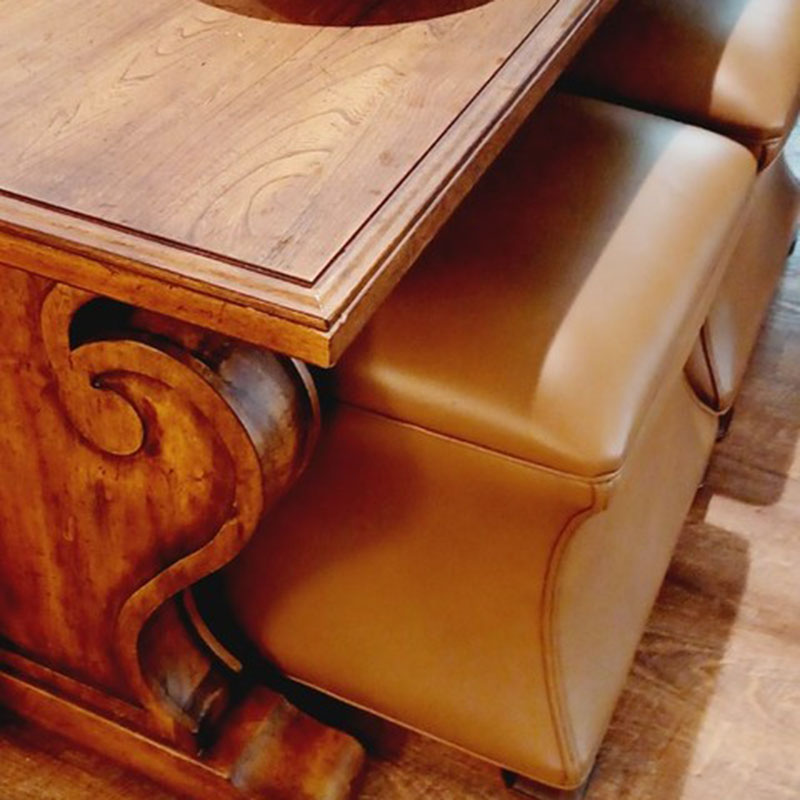
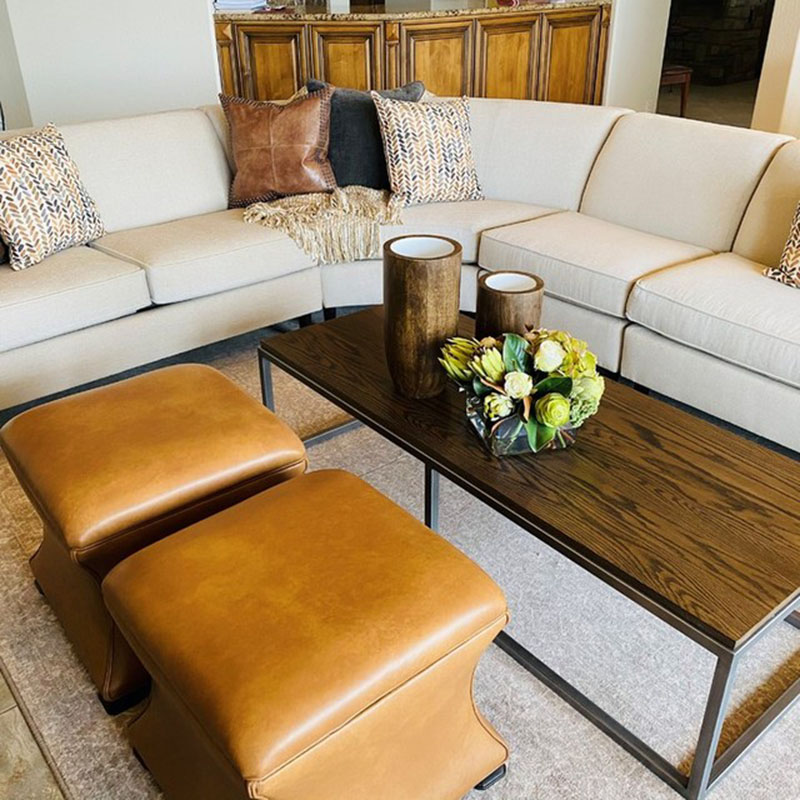
Camel in Leathers: Durability Meets Dapper Design
Camel leather is a testament to timeless elegance and durability. It’s a material that only gets better with age, developing a beautiful patina that tells a story.
- Statement Pieces: A camel leather sofa or armchair is a true investment piece that instantly anchors a room with its undeniable presence. The natural variations and rich texture of leather add a sophisticated touch that fabric simply cannot replicate. This is particularly effective in a mid-century modern or contemporary setting, where clean lines and quality materials are paramount.
- Accents and Accessories: If a full leather sofa feels too bold, consider introducing camel leather through smaller accents. A well-placed ottoman, a pair of dining chairs, or even decorative boxes and trays crafted from camel leather can infuse your space with warmth and a touch of rugged refinement.
- Mixing Textures: Combine camel leather with other fabrics like linen, wool, or even faux fur to create a layered and inviting look. The contrast in textures adds visual interest and prevents the space from feeling monochromatic.

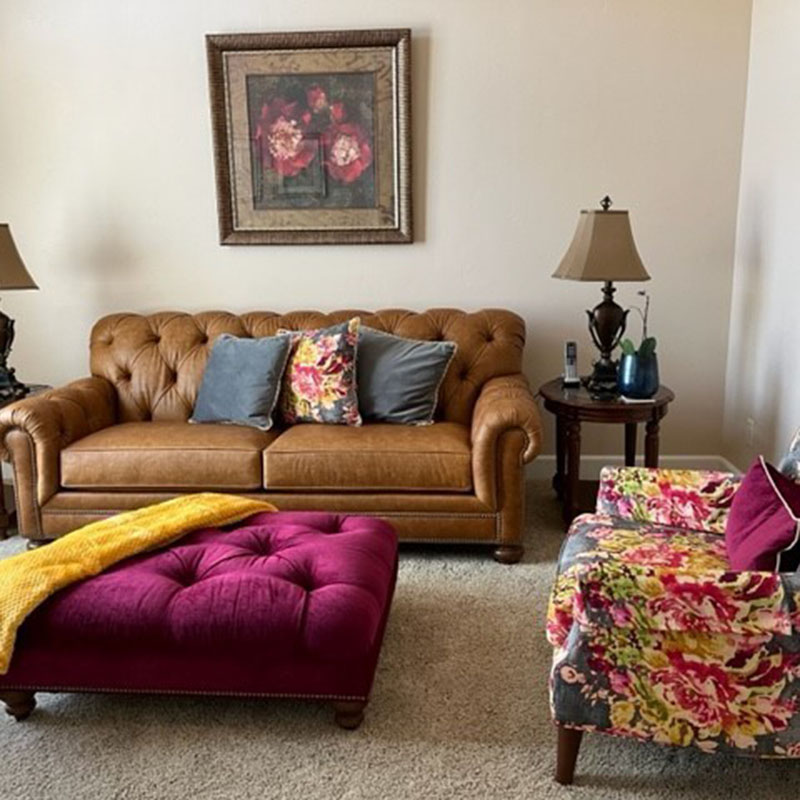

Designing with Camel: Tips for a Harmonious Home
- Consider Your Palette: Camel is a team player. It pairs beautifully with a vast array of colors:
- Neutrals: Cream, ivory, charcoal, and black create a sophisticated and understated scheme.
- Cool Tones: Blues (especially navy and dusty blues), greens (sage, olive), and even soft purples can be beautifully balanced by camel’s warmth.
- Warm Tones: Rust, terracotta, deep reds, and mustard yellows can create a rich, autumnal palette.
- Balance is Key: While it’s tempting to embrace camel wholeheartedly, avoid overdoing it. A few key pieces in camel can make a significant impact without overwhelming the room.
- Embrace Textures: As discussed, mixing different textures within your camel scheme – from smooth leather to chunky knits – adds depth and visual interest.
- Lighting Matters: The way light hits camel fabrics and leathers can drastically alter their appearance. Experiment with natural and artificial lighting to highlight the richness of the color.
- Bring in Nature: Camel’s earthy tones are inherently linked to nature. Incorporate natural elements like wood, stone, and live plants to enhance the organic feel of your camel-infused space.

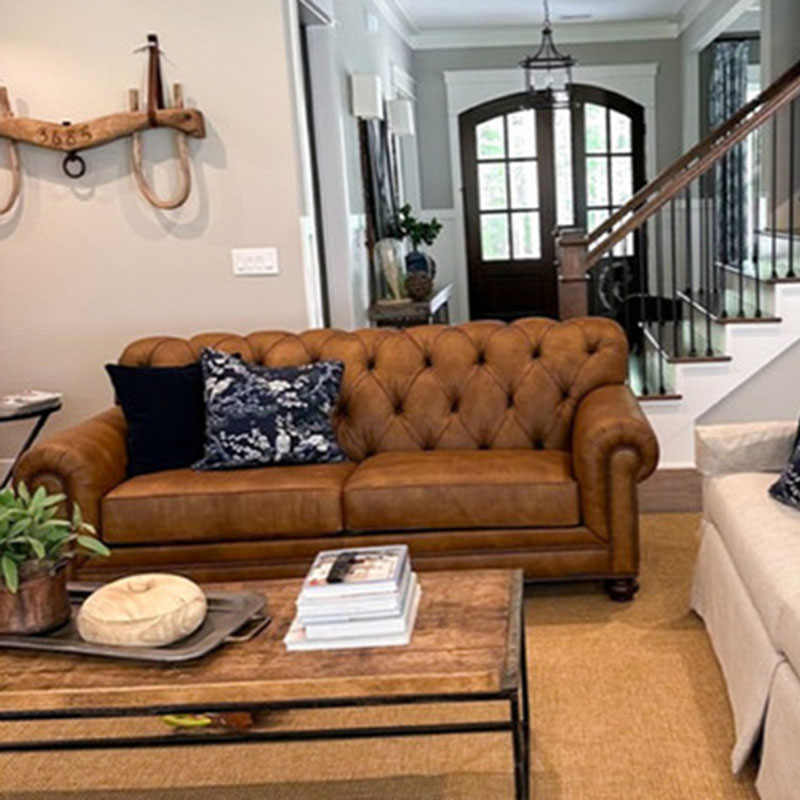
In an era of fleeting trends, camel remains a steadfast choice for discerning homeowners. Its ability to impart warmth, elegance, and timeless sophistication makes it an invaluable asset in any interior designer’s toolkit. By thoughtfully incorporating camel in your fabrics and leathers, you can create a home that feels both luxurious and genuinely inviting, a true sanctuary from the outside world.
